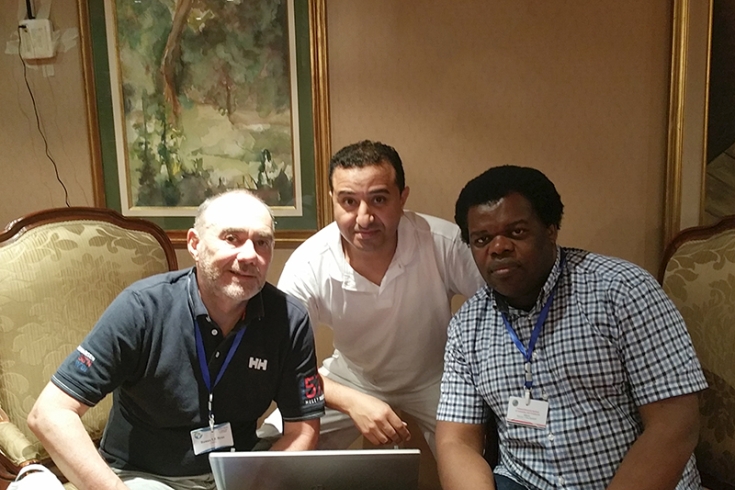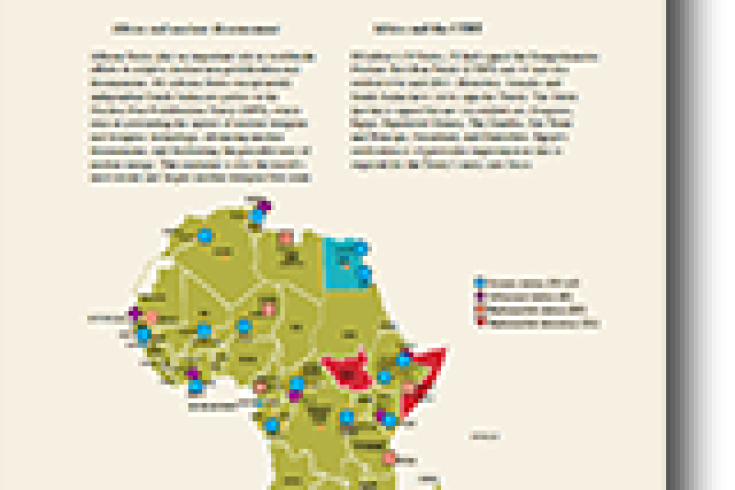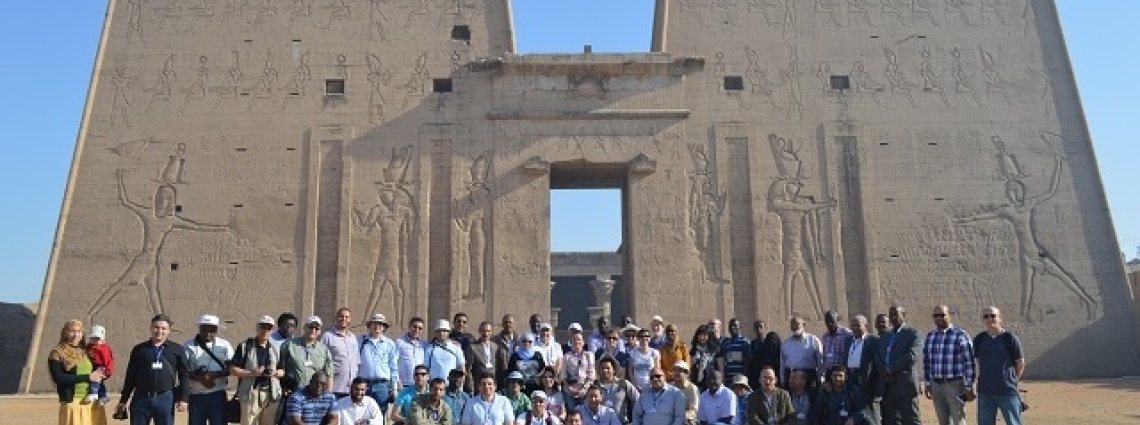Building seismic expertise in Africa
CTBTO experts chaired a session on the “Development, Testing and Validation of Regional Seismic Travel Times (RSTT) in Africa”. RSTT is a U.S.-developed seismic velocity model and computer software package that captures the major effects of three-dimensional crust and upper mantle structure on regional seismic travel times. This allows seismic events to be located with greater precision.

The CTBTO team in Luxor - from left: Ronan Le Bras, Software Engineer, Abdelouaheb Agrebi, Review and Services Officer and Ezekiel Jonathan, Waveform Lead Analyst
Regional Seismic Travel Time model
The course was a good introduction to the RSTT method and we are looking forward to learn and participate more.

Read more about Africa’s contribution to the nuclear test-ban (PDF).
This is the uniquely democratic nature of the CTBT – giving to all Member States equal access to our data and products.
IDC Dir tweet
https://twitter.com/WRandyBell/status/716936804058996736
7 Apr 2016
